Richa Mishra
The State-of-the-Art in Air Pollution Monitoring and Forecasting Systems using IoT, Big Data, and Machine Learning
Apr 19, 2023Abstract:The quality of air is closely linked with the life quality of humans, plantations, and wildlife. It needs to be monitored and preserved continuously. Transportations, industries, construction sites, generators, fireworks, and waste burning have a major percentage in degrading the air quality. These sources are required to be used in a safe and controlled manner. Using traditional laboratory analysis or installing bulk and expensive models every few miles is no longer efficient. Smart devices are needed for collecting and analyzing air data. The quality of air depends on various factors, including location, traffic, and time. Recent researches are using machine learning algorithms, big data technologies, and the Internet of Things to propose a stable and efficient model for the stated purpose. This review paper focuses on studying and compiling recent research in this field and emphasizes the Data sources, Monitoring, and Forecasting models. The main objective of this paper is to provide the astuteness of the researches happening to improve the various aspects of air polluting models. Further, it casts light on the various research issues and challenges also.
E-Mail Assistant -- Automation of E-Mail Handling and Management using Robotic Process Automation
May 12, 2022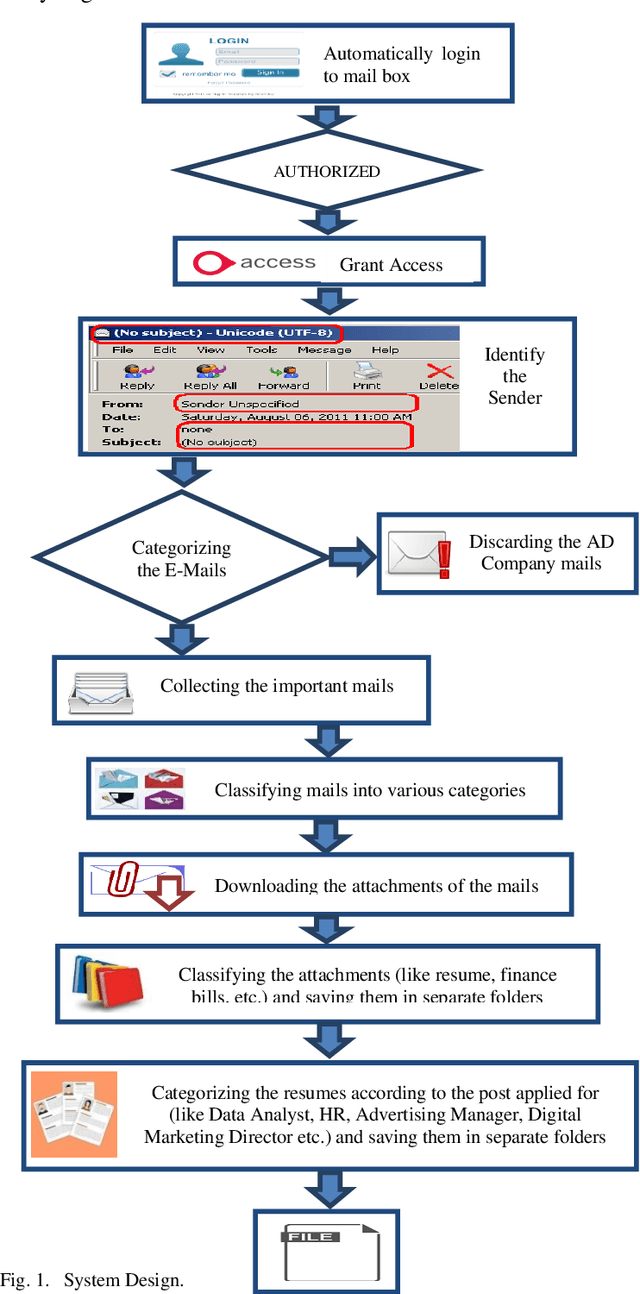
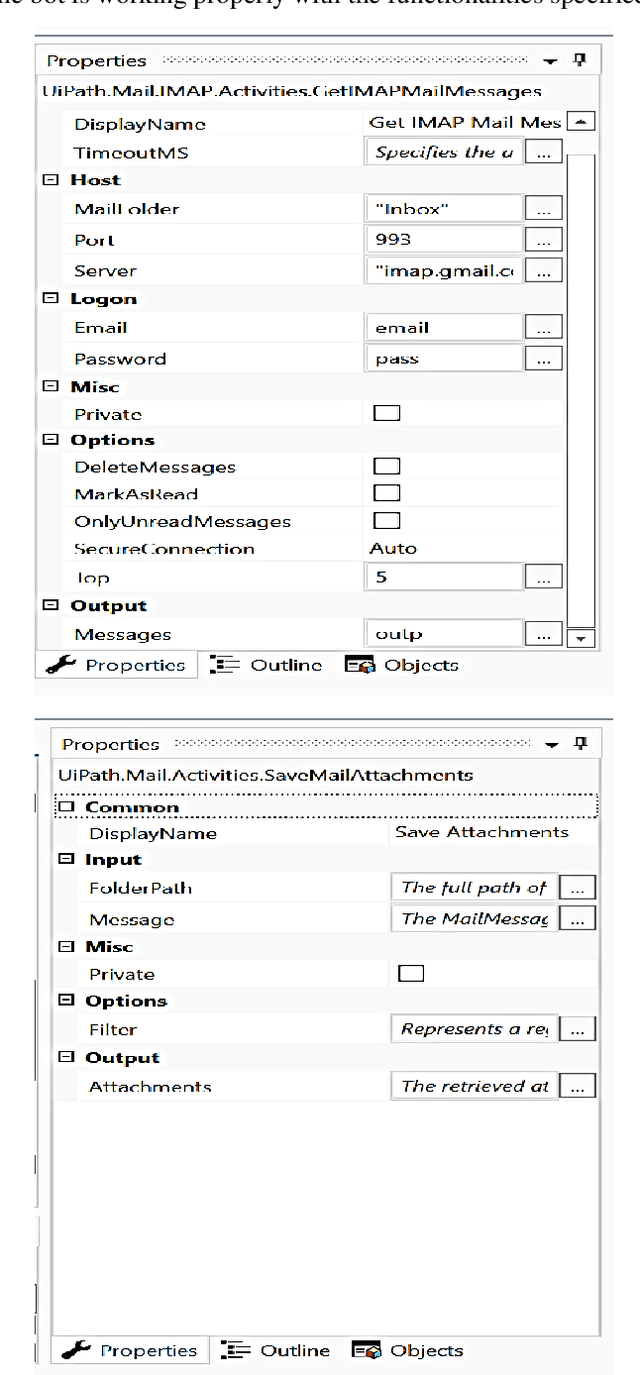
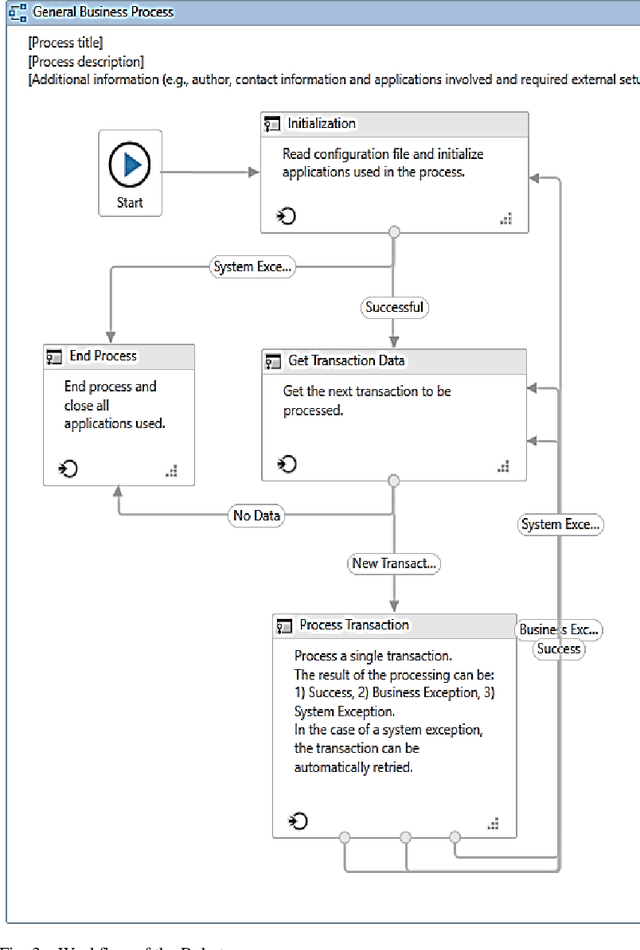
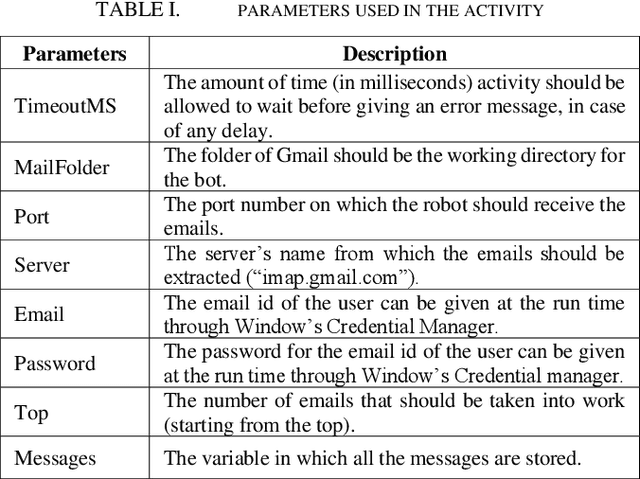
Abstract:In this paper, a workflow for designing a bot using Robotic Process Automation (RPA), associated with Artificial Intelligence (AI) that is used for information extraction, classification, etc., is proposed. The bot is equipped with many features that make email handling a stress-free job. It automatically login into the mailbox through secured channels, distinguishes between the useful and not useful emails, classifies the emails into different labels, downloads the attached files, creates different directories, and stores the downloaded files into relevant directories. It moves the not useful emails into the trash. Further, the bot can also be trained to rename the attached files with the names of the sender/applicant in case of a job application for the sake of convenience. The bot is designed and tested using the UiPath tool to improve the performance of the system. The paper also discusses the further possible functionalities that can be added on to the bot.
Sign Language Recognition System using TensorFlow Object Detection API
Jan 05, 2022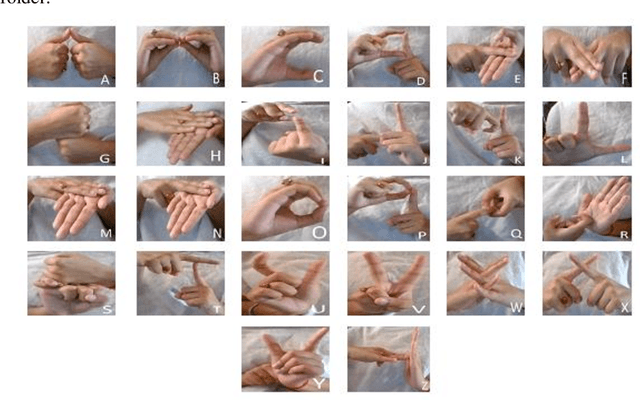
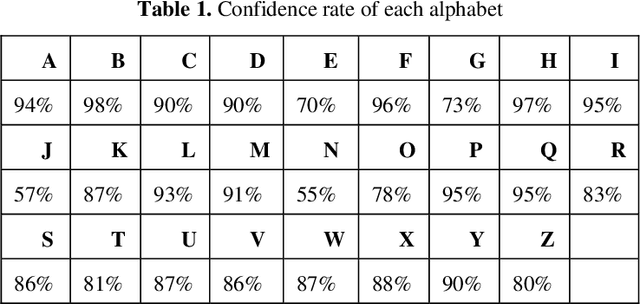
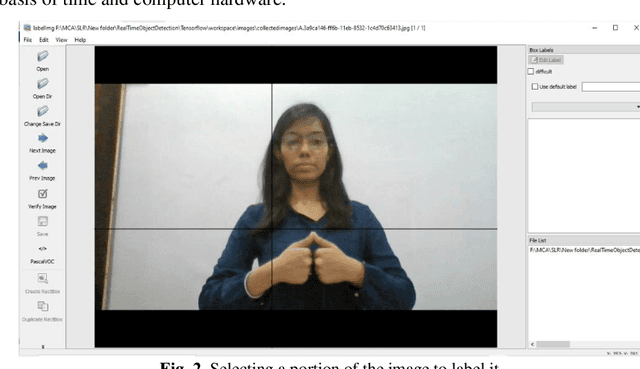
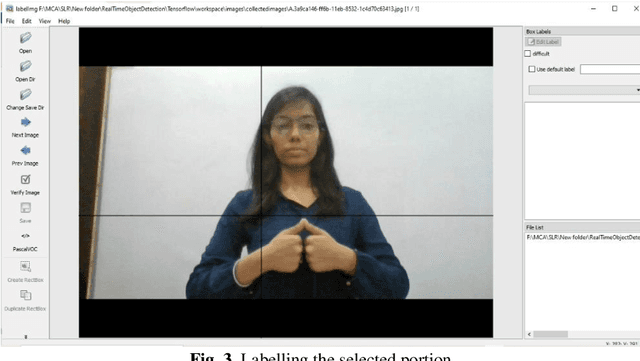
Abstract:Communication is defined as the act of sharing or exchanging information, ideas or feelings. To establish communication between two people, both of them are required to have knowledge and understanding of a common language. But in the case of deaf and dumb people, the means of communication are different. Deaf is the inability to hear and dumb is the inability to speak. They communicate using sign language among themselves and with normal people but normal people do not take seriously the importance of sign language. Not everyone possesses the knowledge and understanding of sign language which makes communication difficult between a normal person and a deaf and dumb person. To overcome this barrier, one can build a model based on machine learning. A model can be trained to recognize different gestures of sign language and translate them into English. This will help a lot of people in communicating and conversing with deaf and dumb people. The existing Indian Sing Language Recognition systems are designed using machine learning algorithms with single and double-handed gestures but they are not real-time. In this paper, we propose a method to create an Indian Sign Language dataset using a webcam and then using transfer learning, train a TensorFlow model to create a real-time Sign Language Recognition system. The system achieves a good level of accuracy even with a limited size dataset.
 Add to Chrome
Add to Chrome Add to Firefox
Add to Firefox Add to Edge
Add to Edge